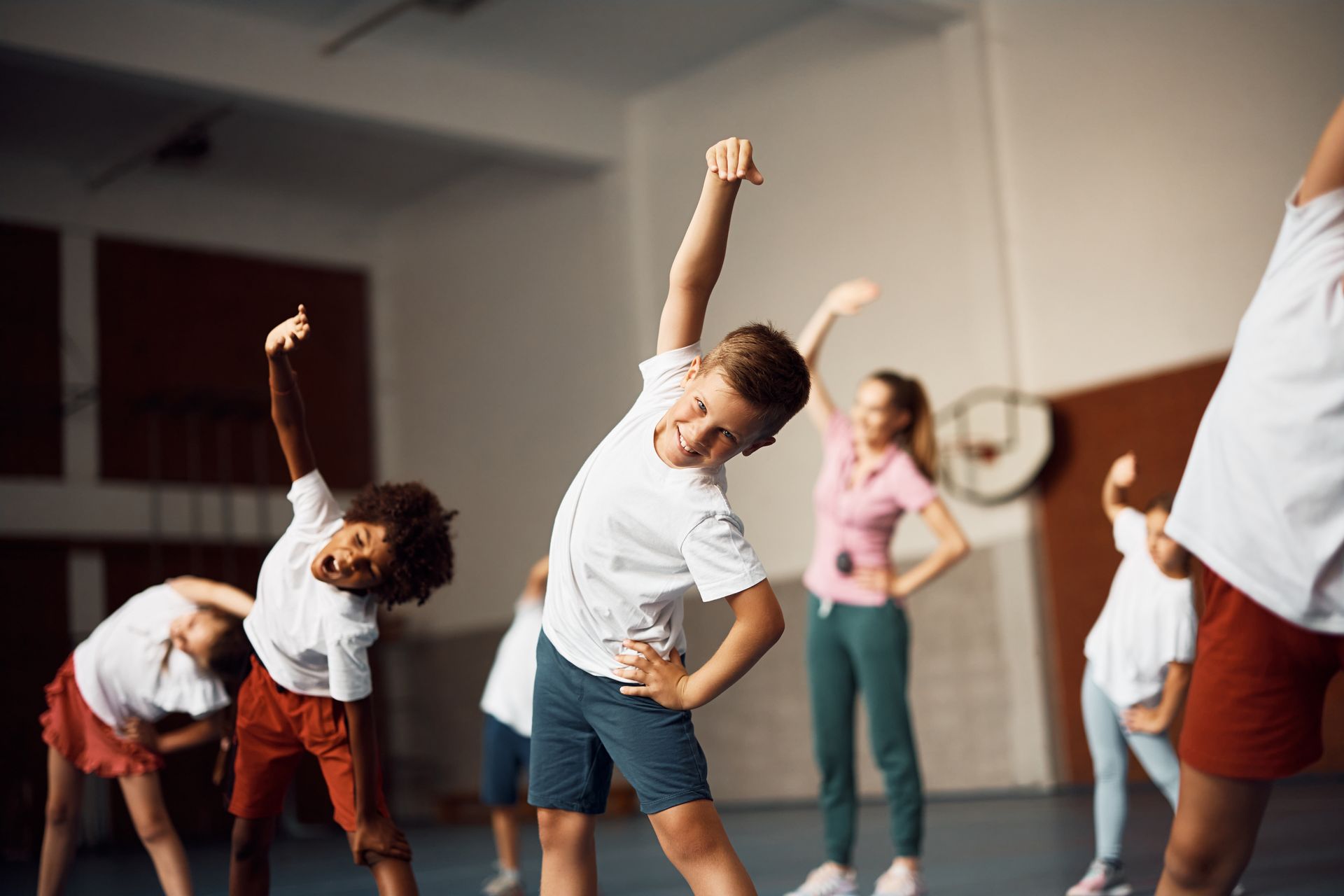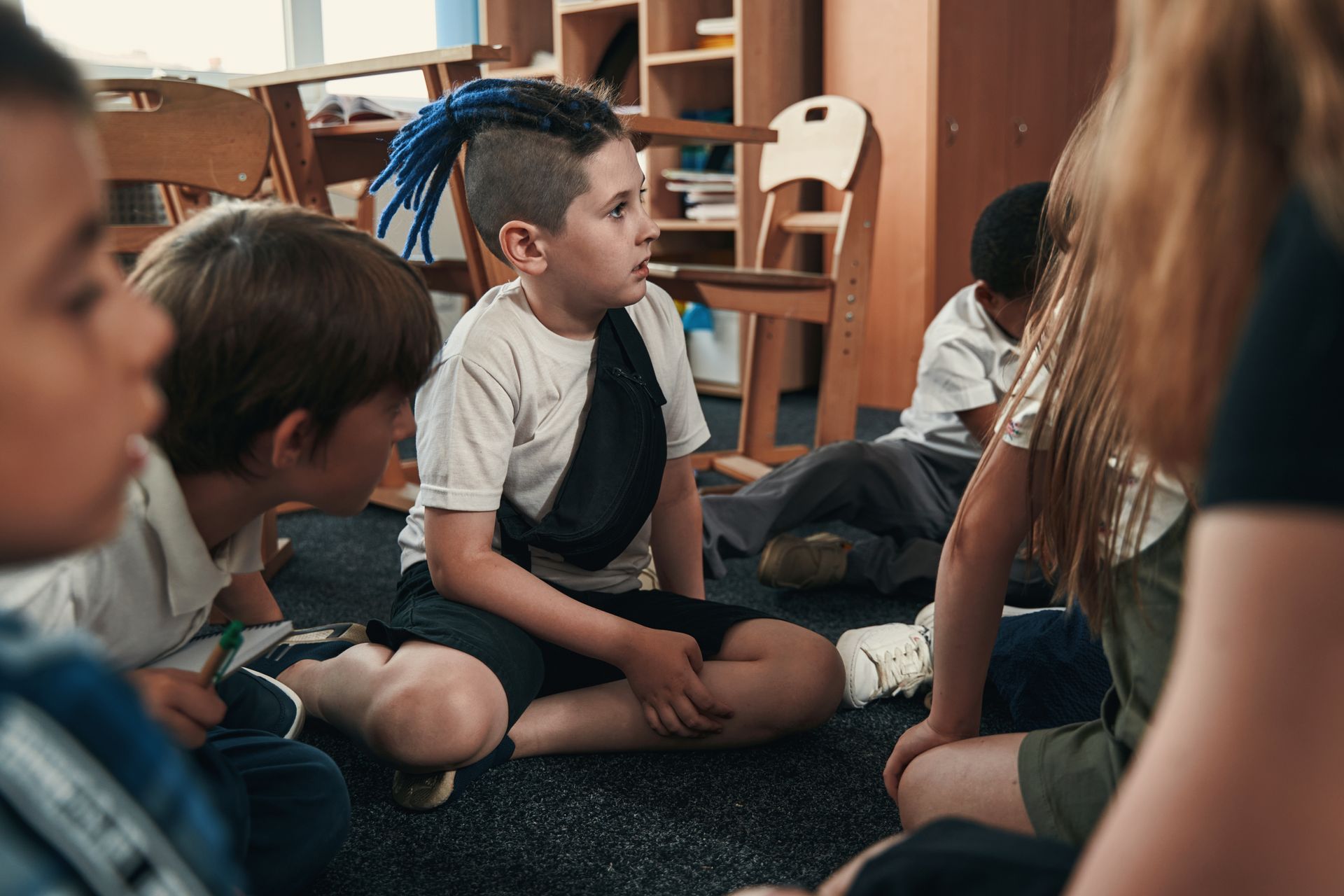CV MONTHLY REVIEW - JUNE
I did say that the next few blogs would be regarding Portrait of a Graduate and Battelle for Kids, however, I feel this information regarding the recent book challenge would be better to address now. The next blog at the end of June will again address PoG and BFK.
My current and previous video discuss the review process that is currently in place at Cumberland Valley School District when parents or residents have concerns about the content of a library or curriculum book. I was asking for a review of three books because I felt they had inappropriate sexual content that was pervasively vulgar and educationally unsuitable. These books are not in the classroom curriculum but if children, who are minors, have unrestricted access to see this type of material, I don’t believe it matters if it’s in their lesson plan or not. I feel many parents and community members do not realize the content of some of the books that are available to our students. There will be parents and residents that will feel that it is acceptable for their children to read these books, and that is their right. I am not trying to burn or ban books. I am just trying to make sure that our children are not exposed to material that their brains are not ready to process or maybe ever should. Science clearly shows that the adolescent brain is not fully developed until age 18 to 25 and yet the argument of allowing some of these books to stay will be that it gives children the opportunity to experience what others have so that they can be empathetic and “brought into their perspective”. Rape, incest, illegal drug use, unprotected sex, and normalizing pornography under the guise of “coming of age” books shouldn’t be the acceptable norm if we are trying to guide our children to develop healthy relationships and habits. Below is the article that was written regarding my request for a review of the three books. You will see that the writer tries to label me a local activist in a negative light when really I am a mother of two amazing children and a community member concerned about our local educational system. I’ve been quoted several times in this article and at school board meetings that I wanted to ban books and that is simply a lie. These books can be at a public library for anyone who would like to view them. Two board members and the superintendent are quoted in the article and feel that the few individuals that have been showing up to the board meetings are the only ones that have these concerns. I do not feel that is true. I believe as more parents and community members hear the content of these books, more will become just as concerned and vocal. My point is that individuals can certainly have access to these books through the public library system, but there is no need to have them with unrestricted access to minors in our taxpayer funded school system.
I asked another parent to the review meeting to help correctly recall the conversation and we could both take notes. During the meeting to review Push by Sapphire, the Director of Curriculum explained to us that the committee discussed a program they could offer that allowed parental control over what children checked out at the school library. I thought this was a good start but again don’t believe this type of graphic sexual content has any place in our schools. I do appreciate that CVSD does care about parental oversight and is taking steps to make this happen. The Director of Curriculum said they had to work out logistics and it probably wouldn’t happen before school was out this year but that they could work on it over the summer for it to be in place at the beginning of the next school year.
The evening of the review I was researching and found that the ALA pressured Follett, the leading library management system K-12 nationwide, to not provide a module to make this an easy process because they felt it was restricting access of the students. They believe that the parents had no right to interfere in what the children were checking out because it was censorship. On April 1, Follett CEO Britten Follett released a statement: “We take seriously the feedback we have received from librarians and industry partners regarding potential parental control module for Destiny Library Manager. Based on this feedback, Follett will not proceed with any plans to develop this module. At Follett, our mission is to support librarians and get books into the hands of students. We support the American Library Association’s Bill of Rights and advancing-not limiting- the role of the librarian and the school library.” Making such a statement regarding the complete disregard for parental rights, heightens my concerns that Follett and the ALA use any reasonable discernment regarding parental involvement and age-appropriate materials. When is a parent’s role in raising their children based on their beliefs and values of their family deemed censorship by a public organization?
The ALA is one of the many organizations that determine what is age-appropriate material for children in the public school system and with providing guidance dealing with “activist” parents. With the proposed module, the parents that would want their kids to have oversight would and the parents that do not wish to have such oversight would not have to participate in such a program. This seems like a great opportunity to accommodate all shareholders. An opportunity that Follett was going to accommodate until the ALA threatened to drop their services completely. Since Follett is the largest provider for K-12 schools, you can see how this threat would have crushed the bottom line for Follett. The ALA knew their power to influence them and used it. Follett folded and said they would not proceed in developing such a module.
I am thankful CVSD is choosing to do this apart from the ALA’s statement and complete disregard for parental rights. I am including the article regarding Follet for your review. Reading books provides an amazing experience for education and enjoyment. Gaining insight and learning does not have to expose children, whose brains and emotions are still developing, to possibly harmful and vivid material that they are not ready to process. Why even have that exposure when there are so many amazing books out there for our children to read. I am asking you to research the three books that I have challenged for yourself and see if you feel these are acceptable to have at CVSD.
One of my other concerns is that the review process has no definitive standard to use for what is too vulgar or too obscene. That is something that should be clearly defined. We have a School Code of Conduct that outlines specific behaviors and expectations of language that are acceptable or deserve discipline. In the same manner, there should be definitive standards applied to the materials are children have access to. I believe that is a work in progress from talking to the Director of Curriculum and look forward to seeing what that looks like in the near future. The next book that will be reviewed is L8R, G8r and should be completed by the beginning of July. Please review the following articles to see how the local media tries to slant my concerns and then how the ALA influenced Follett to disregard parental rights for fear of financial retaliation.


